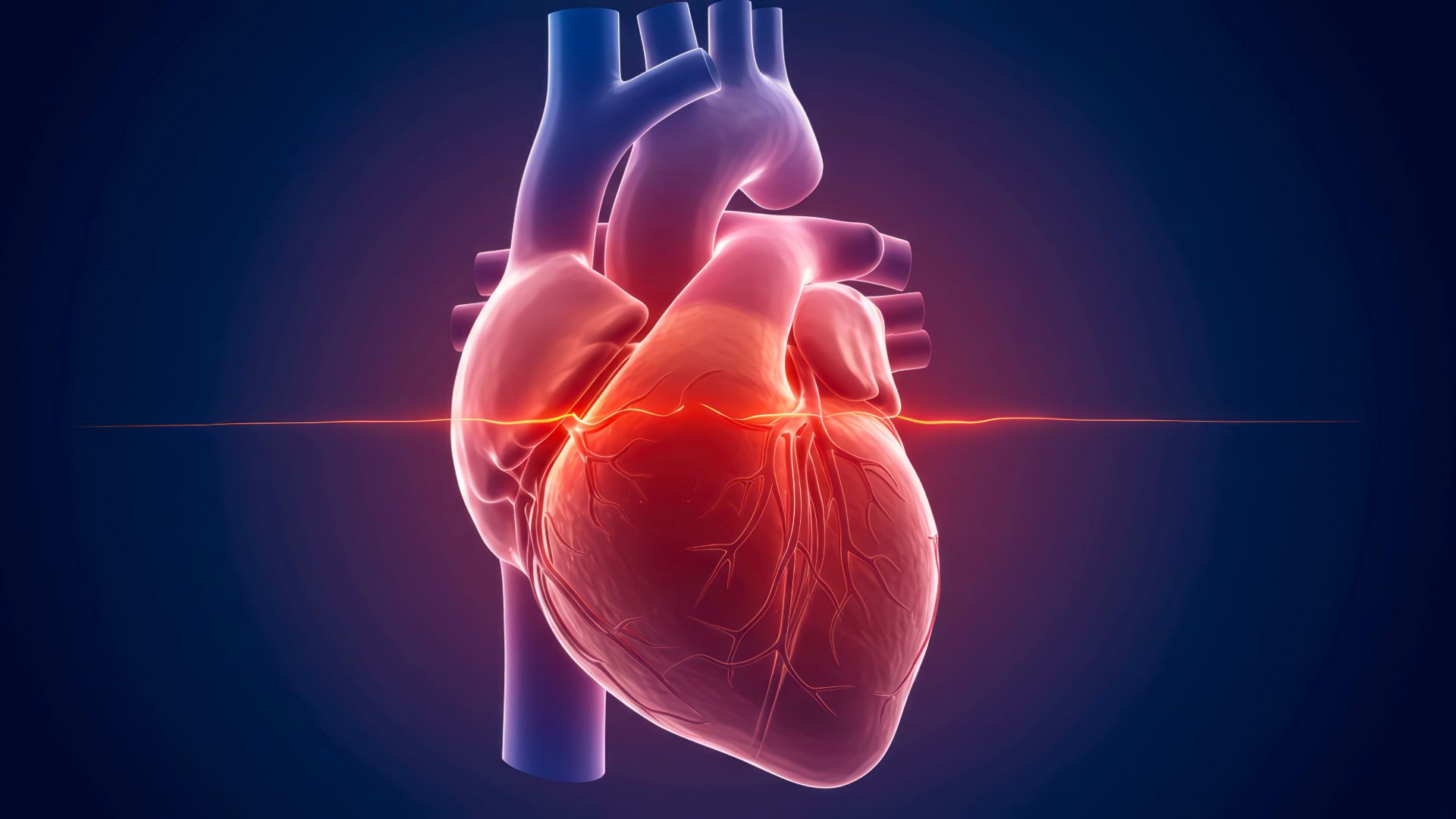
Recovery Process After Heart Valve Replacement Surgery
Introduction
Have you ever wondered what it takes to get back on your feet after heart valve replacement surgery? It is not just about the surgery itself but also the journey of recovery that follows. This period is important and can be scary if you are not prepared. Knowing what to expect and how to manage each stage of the recovery can make a world of difference. Let's walk through the steps together in this article.
What is Heart Valve Replacement Surgery?
This is a procedure aimed at replacing a malfunctioning heart valve with a new one, which can be either mechanical or biological. This surgery is essential for individuals with severe valve diseases such as stenosis or regurgitation, which obstruct the proper flow of blood through the heart. The reasons for heart valve replacement include congenital valve defects, age-related changes, rheumatic heart disease, or infections like endocarditis. Timely intervention is very important to prevent complications such as heart failure, arrhythmias, or stroke.[1]
Immediate Post-Operative Care for Heart Valve Replacement Surgery
After heart valve replacement surgery is completed, the initial recovery phase occurs in the intensive care unit (ICU). Here, the medical team closely monitors vital signs, heart function, and other critical parameters. Pain management is a top priority. Medications are administered to alleviate discomfort and facilitate healing. During the first 24-48 hours, the patient remains under strict observation, ensuring that any potential complications are promptly addressed. This period is vital for stabilising the patient's condition.[2]
Going Home After Heart Valve Replacement Surgery
Before discharge, the healthcare team ensures that the patient meets specific criteria, such as stable vital signs and the ability to perform basic activities independently. Preparing the home environment is crucial; it should be conducive to recovery, with easy access to necessities and a comfortable resting space. Follow-up appointments and regular check-ups are important to monitor the recovery progress. Additionally, patients receive instructions for wound care, with guidelines on identifying signs of infection like redness, swelling, or unusual discharge.
Pain Management After Heart Valve Replacement Surgery
Here are some tips to help manage pain and ensure comfort:
Follow the Prescribed Medication Schedule:
Adhere strictly to the medication prescribed by your healthcare provider.
Take pain medications at the same time each day to maintain a consistent level of pain control.
Awareness of Potential Side Effects:
Be informed about common side effects of pain medications, such as drowsiness, nausea, or constipation.
Keep track of any side effects and report them to your healthcare provider for adjustments if necessary.
Use of Non-Pharmacological Pain Relief Methods:
Apply ice packs to the surgical area to reduce inflammation and numb the pain.
Use heat pads for muscle relaxation and relief from tension.
Practice Relaxation Techniques:
Try deep breathing exercises to help relax and manage pain naturally.
Consider mindfulness meditation or progressive muscle relaxation to reduce stress and discomfort.
Maintain a Comfortable Resting Environment:
Ensure your resting area is quiet, comfortable, and free from disturbances.
Use supportive pillows to sleep in a comfortable position that minimises pain.
Monitor Pain Levels:
Keep a track of the intensity and frequency of pain.
Note any patterns or triggers that might exacerbate pain and discuss them with your healthcare provider.
Communicate with Your Doctor:
Do not hesitate to reach out to your healthcare team if the pain becomes unmanageable or if you experience any unusual symptoms.
Regularly update them on your pain levels and response to medications.
Educate Yourself and Loved Ones:
Learn about the pain management options available and discuss them with your healthcare provider.
Educate family members or caregivers about your pain management plan to ensure they can support you effectively.
Physical Activity and Rehabilitation After Heart Valve Replacement Surgery
Gradually increasing physical activity levels is essential for recovery after Heart valve replacement surgery. Cardiac rehabilitation programs, tailored to individual needs, provide structured guidance on safe exercise routines. Recommended exercises during recovery include walking, light stretching, and gentle aerobic activities. It is important to avoid strenuous activities and heavy lifting until cleared by a healthcare provider. Patients should follow tips for resuming daily activities safely, such as taking frequent breaks and avoiding overexertion.[3]
Diet and Nutrition After Heart Valve Replacement Surgery
Dietary recommendations post-surgery include the consumption of fruits, vegetables, whole grains, lean proteins, and healthy fats. Hydration is equally important, as it aids in overall healing and maintains bodily functions. Patients should avoid foods high in saturated fats, sodium, and added sugars, as these can hinder recovery and exacerbate heart conditions. Instead, focusing on nutrient-dense foods that promote healing and support heart health is beneficial.[3]
Monitoring and Managing Symptoms After Heart Valve Replacement Surgery
During the recovery phase, monitoring for common symptoms such as fatigue, swelling, and shortness of breath is crucial. Recognising any changes or complications early on allows for timely intervention.[3]
Final Thoughts
The recovery process after heart valve replacement surgery is tricky; however, if patients follow the outlined guidelines, they can walk on their journey to recovery with confidence, paving the way for a healthier, more fulfilling life.



